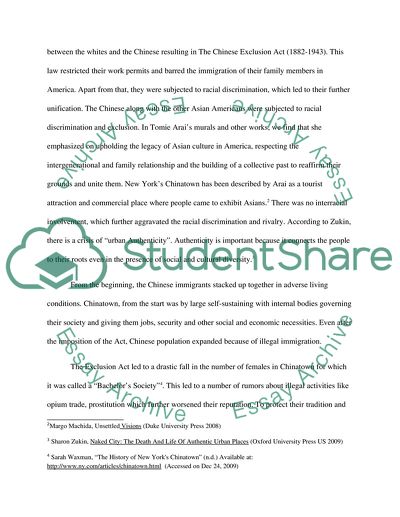Cite this document
(The Change of Chinatown Research Paper Example | Topics and Well Written Essays - 1750 words, n.d.)
The Change of Chinatown Research Paper Example | Topics and Well Written Essays - 1750 words. Retrieved from https://studentshare.org/culture/1731656-chinatown-change
The Change of Chinatown Research Paper Example | Topics and Well Written Essays - 1750 words. Retrieved from https://studentshare.org/culture/1731656-chinatown-change
(The Change of Chinatown Research Paper Example | Topics and Well Written Essays - 1750 Words)
The Change of Chinatown Research Paper Example | Topics and Well Written Essays - 1750 Words. https://studentshare.org/culture/1731656-chinatown-change.
The Change of Chinatown Research Paper Example | Topics and Well Written Essays - 1750 Words. https://studentshare.org/culture/1731656-chinatown-change.
“The Change of Chinatown Research Paper Example | Topics and Well Written Essays - 1750 Words”, n.d. https://studentshare.org/culture/1731656-chinatown-change.


